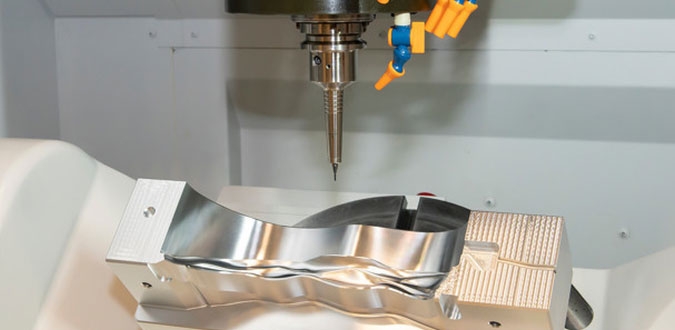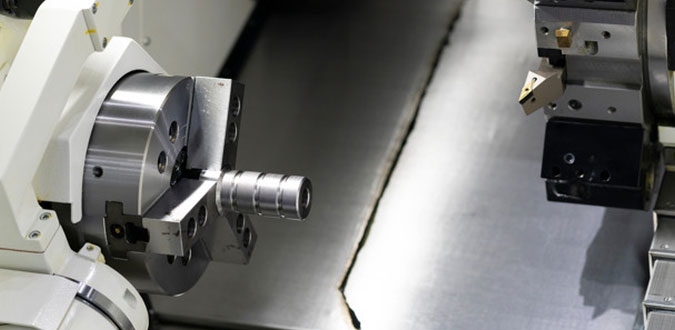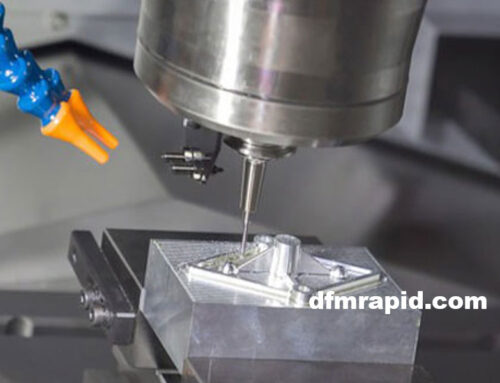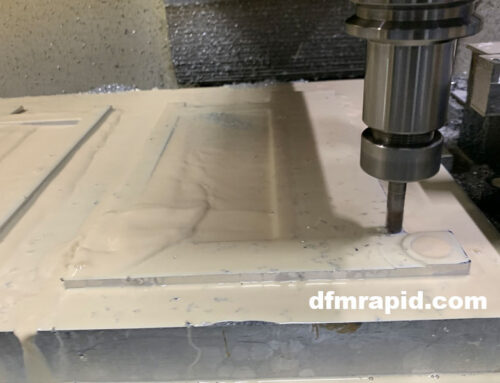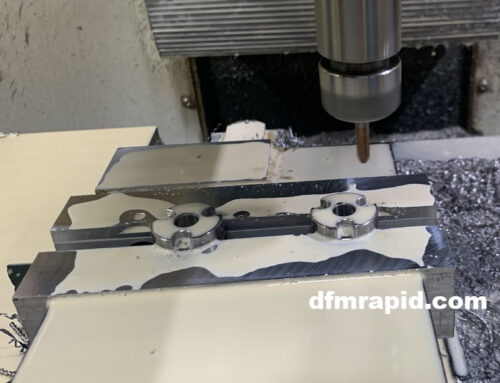You may hear the phrase “CNC machining” in your industrial or manufacturing application. This computerized machining process allows for the precise and efficient use of factory machines and tools. Learning more about this technique can help you understand how to outsource it for your project effectively.
CNC machines are making parts around the world for almost every industry. They create things out of plastics, metals, aluminum, wood, and many other hard materials. The word “CNC” stands for Computer Numerical Control, but today everyone calls it CNC. So, how do you define a CNC machine? All automated motion control machines have three primary components – a command function, a drive/motion system, and a feedback system. CNC machining is the process of using a computer-driven machine tool to produce a part out of solid material in a different shape.
The CNC depends on digital instructions usually made on Computer-Aided Manufacturing (CAM) or Computer-Aided Design (CAD) software like SolidWorks or MasterCAM. The software writes G-code that the controller on the CNC machine can read. The computer program on the controller interprets the design and moves cutting tools and/or the workpiece on multiple axes to cut the desired shape from the workpiece. The automated cutting process is much faster and more accurate than a manual movement of tools and workpieces which is done with levers and gears on older equipment. Modern-day CNC machines hold multiple tools and make many types of cuts. The number of planes of movement (axes) and the number and types of tools that the machine can access automatically during the machining process determine how complex a workpiece a CNC can make.
CNC Milling
The most widely used variety of CNC machines, CNC milling tools perform a machining process much like both drilling and cutting. At its most basic, milling uses rotary cutters to remove the necessary excess material from a workpiece as it is fed into the milling tool. It’s a popular industrial solution due to the detailed sizes and shapes that milling can accommodate.
The rotating cylindrical cutter in a CNC milling machine can move along multiple axes to create unique shapes, slots, holes, and details in a part. Most machines operate on three to five axes, allowing the most advanced tools to perform sophisticated machining with extremely complex geometries. In fact, today’s most intricate CNC projects would be practically impossible to produce with manual tooling.
CNC Turning
Turning is a machining process that employs single-point cutting tools to remove material from the rotating workpiece. In CNC turning, the machine—typically a CNC lathe machine—feeds the cutting tool in a linear motion along the surface of the rotating workpiece, removing material around the circumference until the desired diameter is achieved, to produce cylindrical parts with external and internal features, such as slots, tapers, and threads. Operational capabilities of the turning process include boring, facing, grooving, and thread cutting. When it comes down to a CNC mill vs. lathe, milling, with its rotating cutting tools, works better for more complex parts. However, lathes, with rotating workpieces and stationary cutting tools, work best for faster, more accurate creation of round parts.
Modern CNC milling machines are assembled as both horizontal and vertical machining centers, and can create precision components from plastics, ceramics, and composite materials, in addition to metals. They come equipped with technical features such as automatic tool changers, tool carousels and magazines, coolant systems, and enclosures.
Advantages of CNC Machining
Many manufacturers prefer machining processes because they create parts or components from a single workpiece. CNC machining has several additional advantages. These include:
- Increased productivity. Facilities with CNC machining can produce parts 24/7. The machines may run continuously with little-to-no human intervention. The machines also require less space than workstations or manual machining setups, so a facility with a set square footage can have more machines running simultaneously.
- A high degree of accuracy. CNC machining uses highly detailed programming operations. The machines follow these instructions without allowing any unwanted variation or human error. The parts will be high-quality, precise, and identical. CNC machining can also produce parts with intricate, complex designs.
- Faster project completion. Every CNC machining process starts with a CAD design, so the prototyping process will be much faster. The software catches or prevents many possible design flaws or potential risks with different materials. When the prototyping and testing processes are shortened, products can go from design into production faster. CNC machining instructions can also be modified or replaced quickly, so there is little delay between changes in production runs.
- Cost-effectiveness. CAD file designs and reduced risks of manufacturing errors reduce the per-unit cost of production. CNC machining also requires less human labor, which further reduces the price of manufacturing the products.
Reliable, Cost-Effective CNC Machining
At DFM Rapid, also known as CNC Rapid, we’re experts at rapid CNC prototyping. Our dedicated prototype equipment includes 3-, 4-, and 5-axis machining and advanced turning capabilities to provide comprehensive solutions to an array of industries. If you have a CNC machined project, please feel free to contact us, we are a CNC machining China shop.


